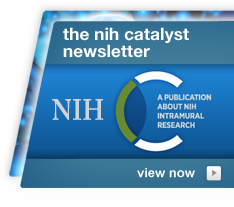NIH researcher assists in study of Norwegian women
Norwegian pregnant women who received a vaccine against the 2009 H1N1 influenza virus showed no increased risk of pregnancy loss, while pregnant women who experienced influenza during pregnancy had an increased risk of miscarriages and still births, a study has found. The study suggests that influenza infection may increase the risk of fetal loss.




